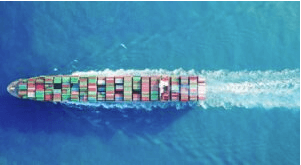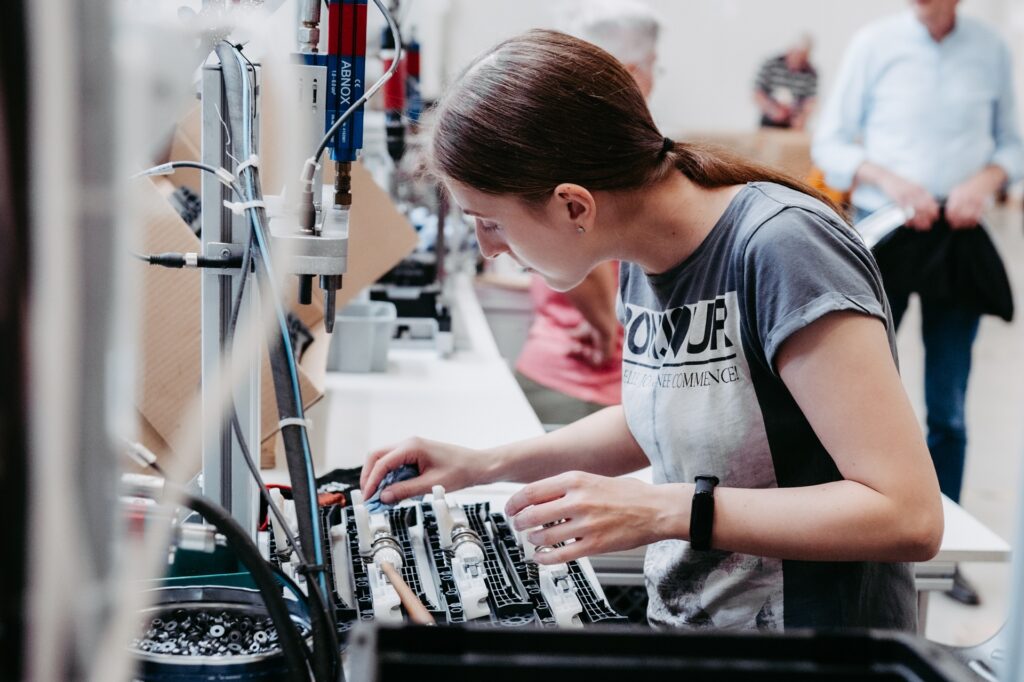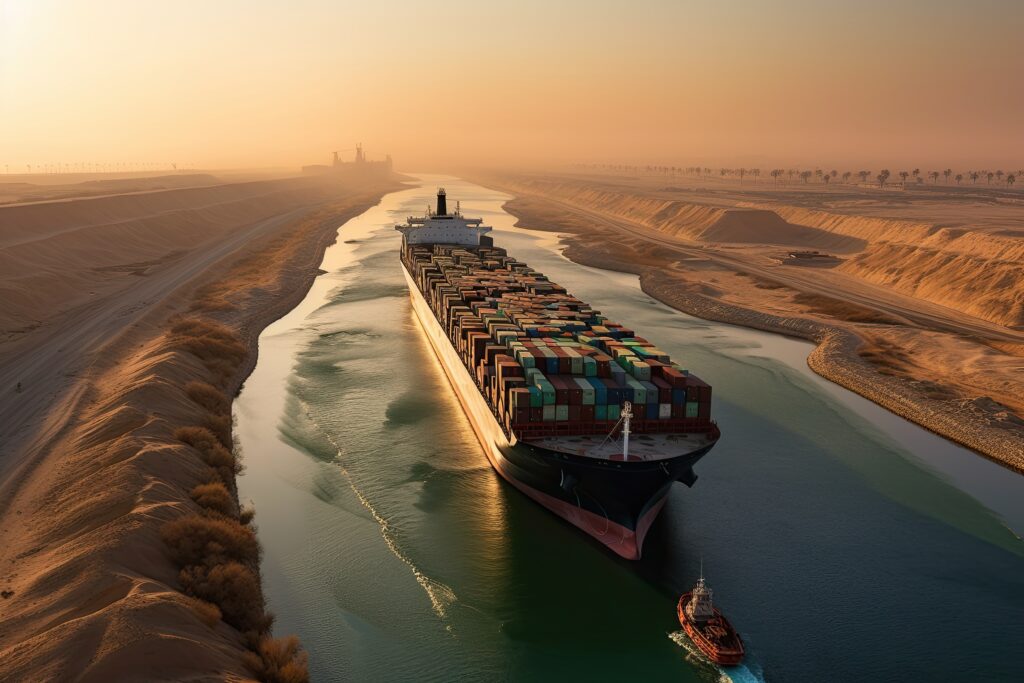-
The race to find the lowest cost location may be ending
-
Technology playing a role in managing risks, collaboration and delivery
-
Smart sourcing means responsible sourcing
Finding the lowest-cost location to produce trendy apparel has been a race among retailers for over 30 years as retail supply chains expanded further and further away from home countries. China has been the ideal location for many retailers, but rising costs prompted retailers to move some, if not all production to such countries as Vietnam, Cambodia, India, Bangladesh and Myanmar as well as consider nearshoring options.
The sourcing and supply chain landscape continue to change as some retailers look to other geographic regions such as Africa and Latin America. But as global labor force changes and raw material prices fluctuate, retailers are finding it more difficult to find new places in which to manufacture goods. In addition, rising global protectionism sentiment is prompting some retailers to reconsider international sourcing all together and move more production to home countries or at least closer.
Retailers Face Increasing Challenges
Where to source is just part of a retailer’s challenge. Speed to market, demand volatility, and sustainability are just a few of the challenges that retailers face in a global market. To meet these and other challenges, retailers will need to make sure their merchandising, design, logistics and suppliers are more integrated process-wise than ever before.
Managing Risks, Collaboration and Delivery
Technology-based solutions will play an increasing role in the retail supply chain to plan, collaborate, manage shipments and analyze data. Web-based tools are being implemented to provide retailers and their supply chain partners real-time visibility to monitor every aspect of the supply chain.
These technology solutions are also helping to manage risk. Risk comes in different forms and perhaps one of the biggest is not being aware of who are all the suppliers involved in making products on behalf of a retailer.
Perhaps one of the most tragic situations was the 2013 collapse of the Rana Plaza building in Bangladesh. Over 1,400 workers perished as it was found out afterwards that deplorable working condition persisted at this location for years prior to the collapse. Among the brands known to have sourced from this location included Primark, Kik, Benetton and The Children’s Place.
Sourcing Responsibly
The aftermath of the tragedy at Rana Plaza raised a global awareness of the need to source responsibly. Being responsible includes not only knowing who all your suppliers are but also an awareness of the environment. For example, environmentally packaging and raw materials are being embraced by more retailers and the monitoring of this as well as the rest of the supply chain is becoming easier thanks to the implementation of web-based tools.
Find Out More
Interested in learning more? Stay on top of the global supply chains market by signing up for our newsletter as well as following us on social media (Twitter; LinkedIn).
Read this next: Nearshoring and Offshoring Under Attack








